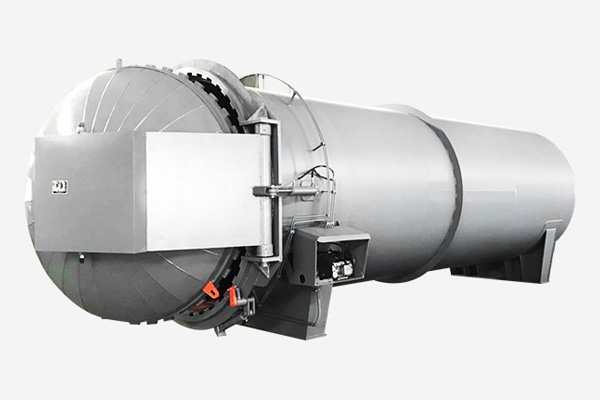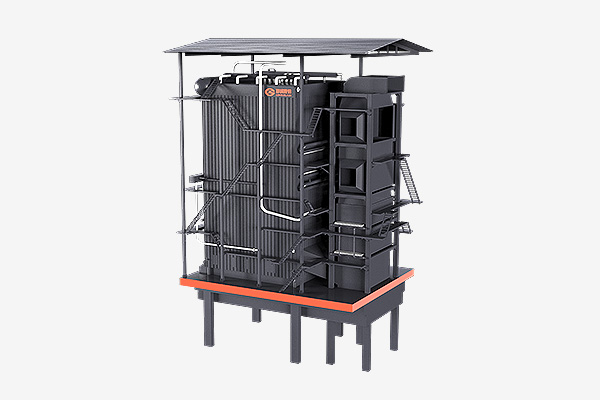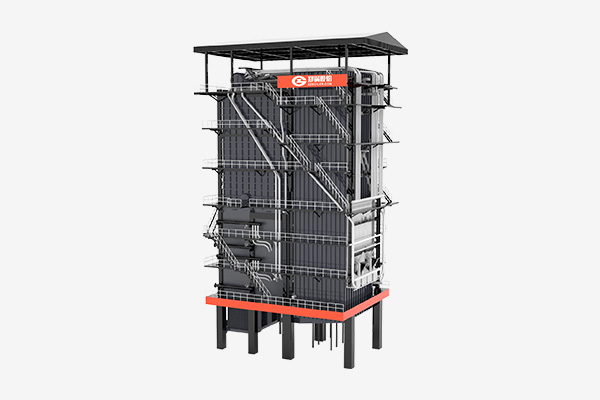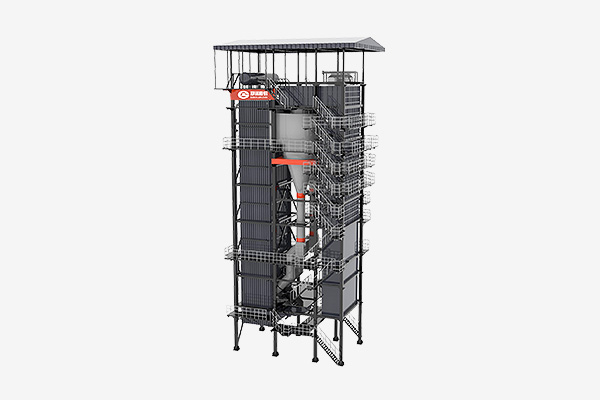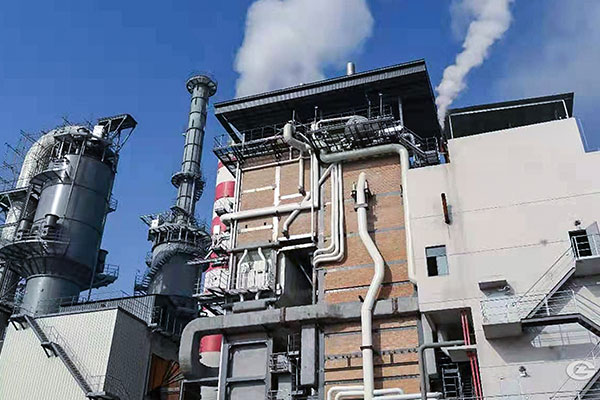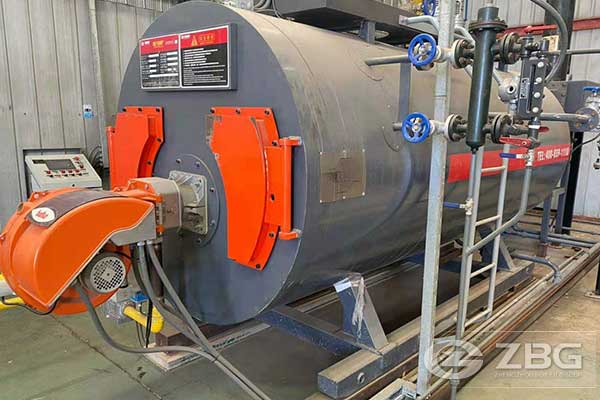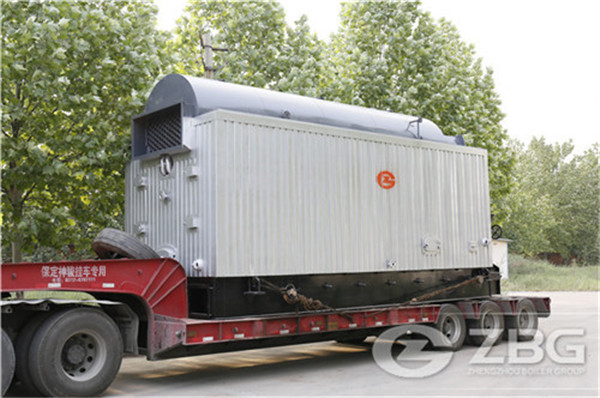Steel Melting Waste Heat Recovery Boilers for Power Generation
2016-10-18 17:18:40Waste Heat Recovery Boilersare suitable for recovering waste gases and its energy from oil, gas and minerals, ferrous metals, glass, cement and non-ferrous metals. Steam production is an ideal method to convalesce waste heat energy from these gases in a form most naturally utilized. Steel melting waste heat recovery boiler sometimes supplies steam for the power generation.
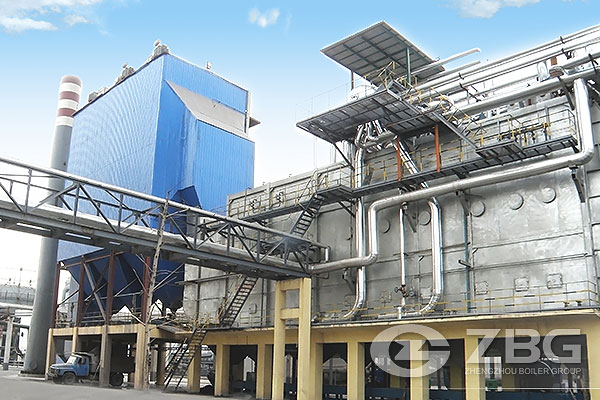
The role of boilers and heat recovery steam generators (HRSGs) in the industrial economy has been profound. Industrial Boilers form the backbone of power plants, cogeneration systems, and combined cycle plants. There are few process plants, refineries, chemical plants, or electric utilities that do not have a steam plant. Steam is the most convenient working fluid for industrial processing, heating, chilling, and power generation applications. Fossil fuels will continue to be the dominant energy providers for years to come.
Many engineers still feel that by raising the exit gas temperature in boilers with economizers, one can avoid acid dew point concerns. It is the feed water temperature—not the gas temperature—that determines the tube wall temperature (and hence the corrosion potential). Softened water is sometimes suggested for attemperation for steam temperature control, even though it will add solids to steam that can cause problems such as deposition of solids in superheaters and steam turbines. To operate steam plants more efficiently, plant engineers should be able to understand and appreciate the part load characteristics of boilers and HRSGs. However while specifying boilers and HRSGs, often only the performance at 100% load is stressed. HRSG steam generation and temperature profiles cannot be arbitrarily arrived at, as pinch and approach points determine this.
For all inquiries, please fill in the form below (* are required) to send us a brief message, and we will get back to you as soon as possible.
